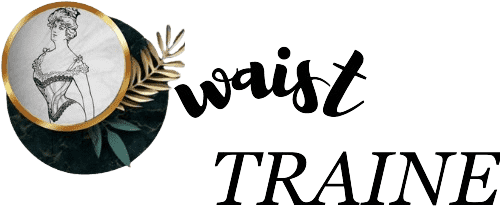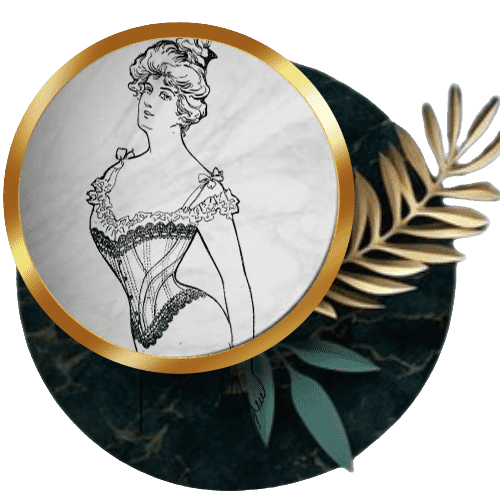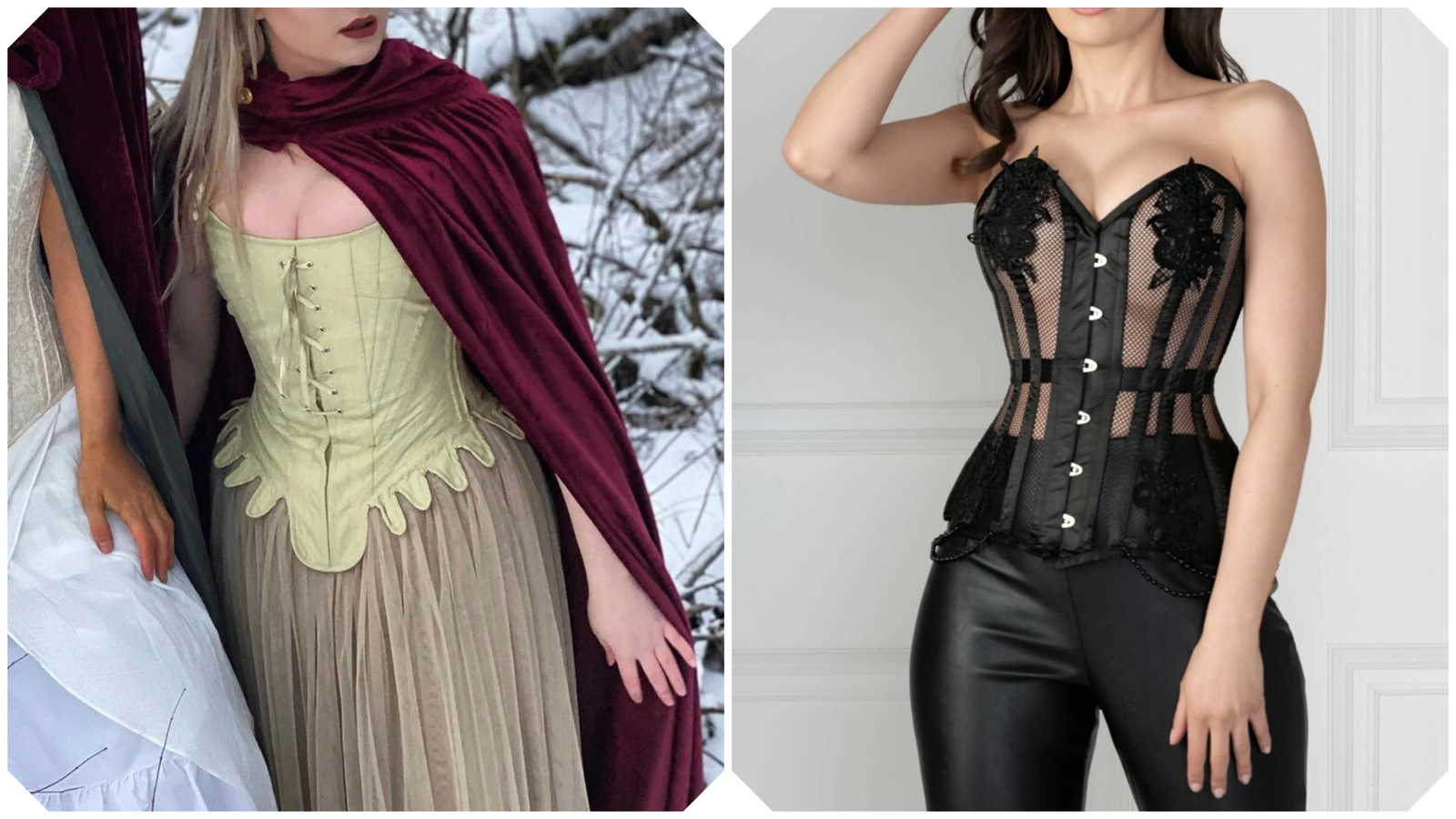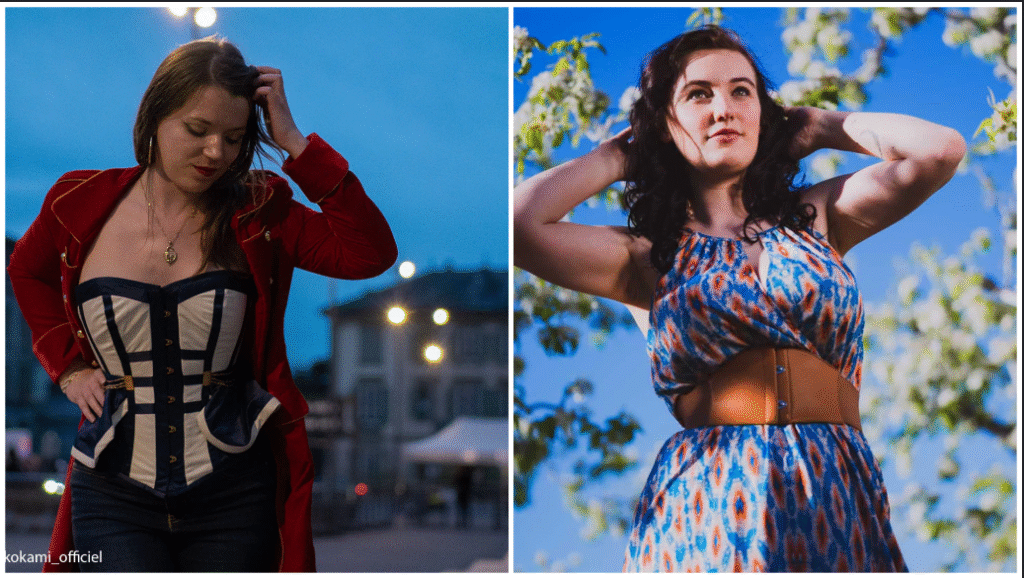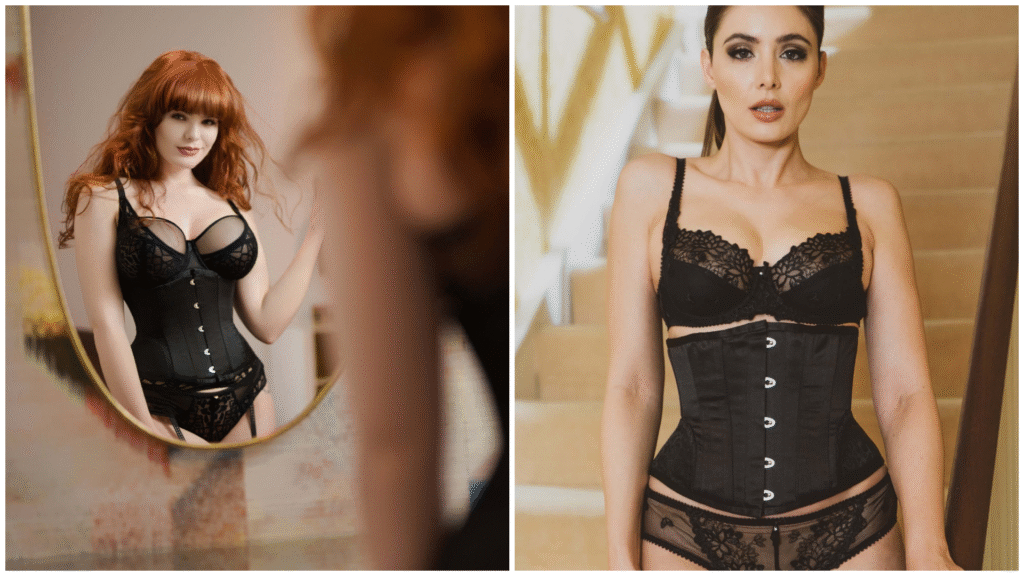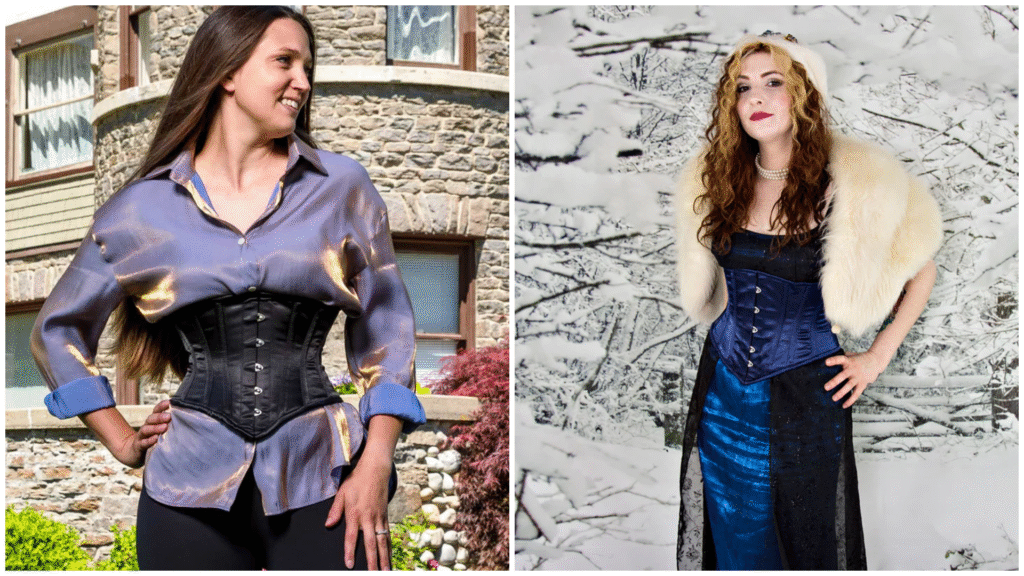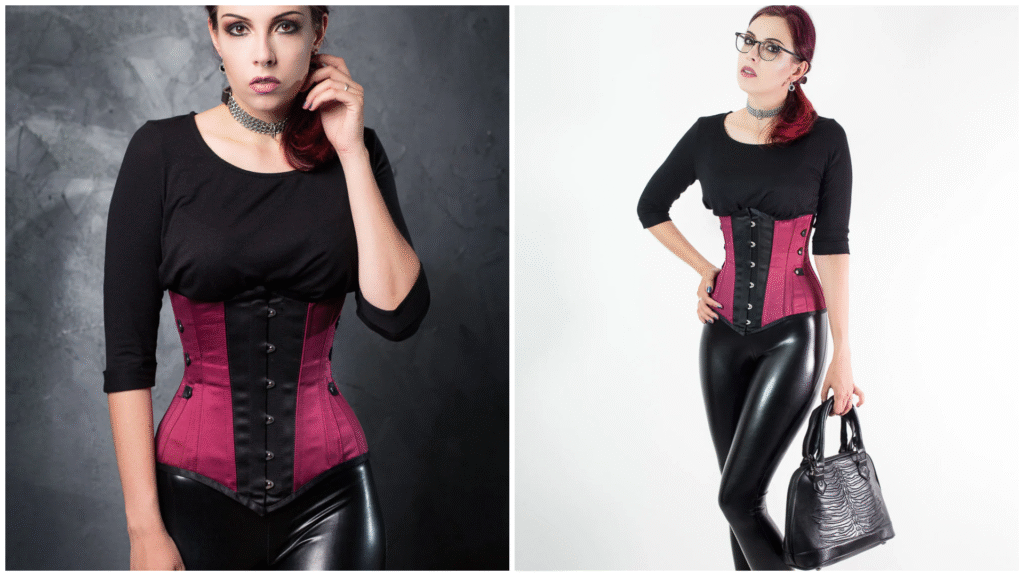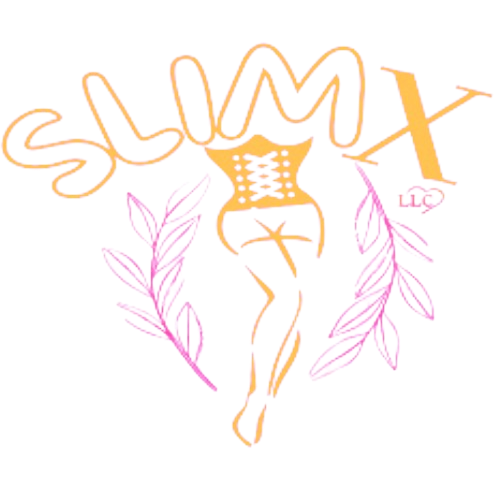Few garments have traveled through history with as much transformation, controversy, and beauty as the corset. Among them, the overbust corset has had a particularly fascinating journey. From its beginnings in the courts of Europe to today’s runways and street fashion, the overbust corset has evolved from a strict tool of body-shaping to a celebrated piece of self-expression. This article takes you through the evolution of overbust corsets — how they began, how they’ve changed, and why they remain such a powerful fashion statement even today.
The Origins of Overbust Corsets
The story of the overbust corset begins in the 16th century, during the Renaissance. Women wore stiffened bodices — early versions of corsets — that flattened the bust, emphasized the waist, and created a long, straight torso. These garments were often made with whalebone or wood and were more about shaping social ideals than comfort.
By the 18th century, corsets became even more structured. Overbust corsets of this era pushed the bust upward, narrowed the waist dramatically, and reinforced the hourglass figure that defined feminine beauty. They were often elaborately decorated with lace, embroidery, and silks, symbolizing wealth and status.
The Victorian Era: The Golden Age of Corsetry
The 19th century, particularly the Victorian period, is often considered the golden age of corsetry. This was the era of the “wasp waist” — tiny, cinched-in silhouettes created with tightly laced overbust corsets.
Steel boning replaced earlier, less durable materials, giving corsets their strength and long-lasting structure. However, this also sparked debates about health, as extreme waist training sometimes led to discomfort and medical concerns.
Still, corsets remained an essential part of a woman’s wardrobe, worn daily and often handed down as heirlooms.

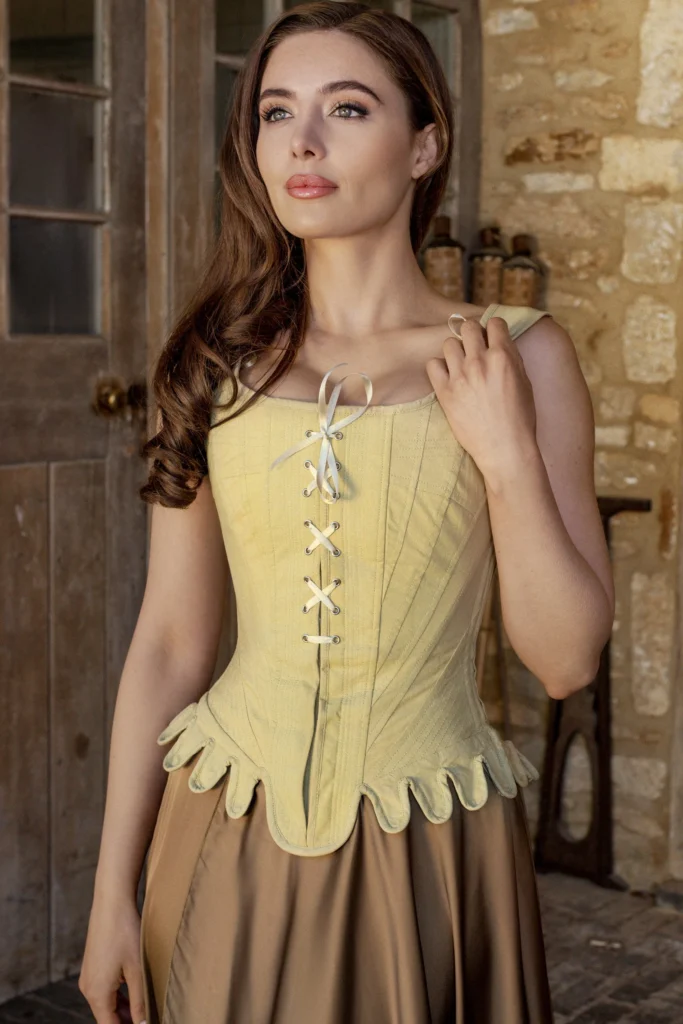
The Decline and Rebirth of Corsets
By the early 20th century, corsets began to lose popularity. The rise of bras, changing fashions, and women’s movement toward more freedom in clothing meant that rigid corsetry was seen as old-fashioned.
But corsets never truly disappeared. In the 1950s, Christian Dior’s “New Look” revived the cinched waist silhouette, bringing corset-inspired fashion back into the spotlight. By the 1980s and 1990s, corsets were reinvented again — this time as bold outerwear, worn by celebrities and musicians as a symbol of strength, sensuality, and rebellion.
Modern Overbust Corsets: From Runway to Street Style
Today, overbust corsets are no longer just lingerie or costume pieces. They’ve become fashion-forward statement garments. Modern designs focus on comfort as much as beauty, using breathable fabrics like cotton and mesh, alongside luxurious satins and velvets for glamour.
Instead of being restrictive, they’re empowering — worn by people of all shapes and sizes to highlight individuality. From casual pairings with jeans to elegant evening outfits under blazers, fashion corset tops have found their way into everyday fashion.
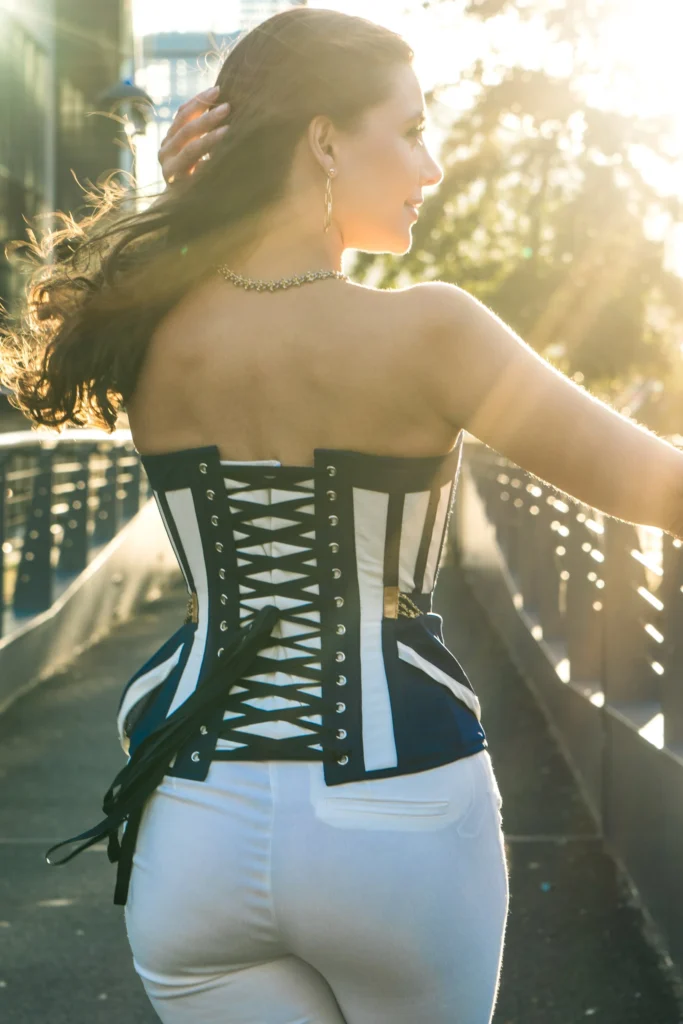
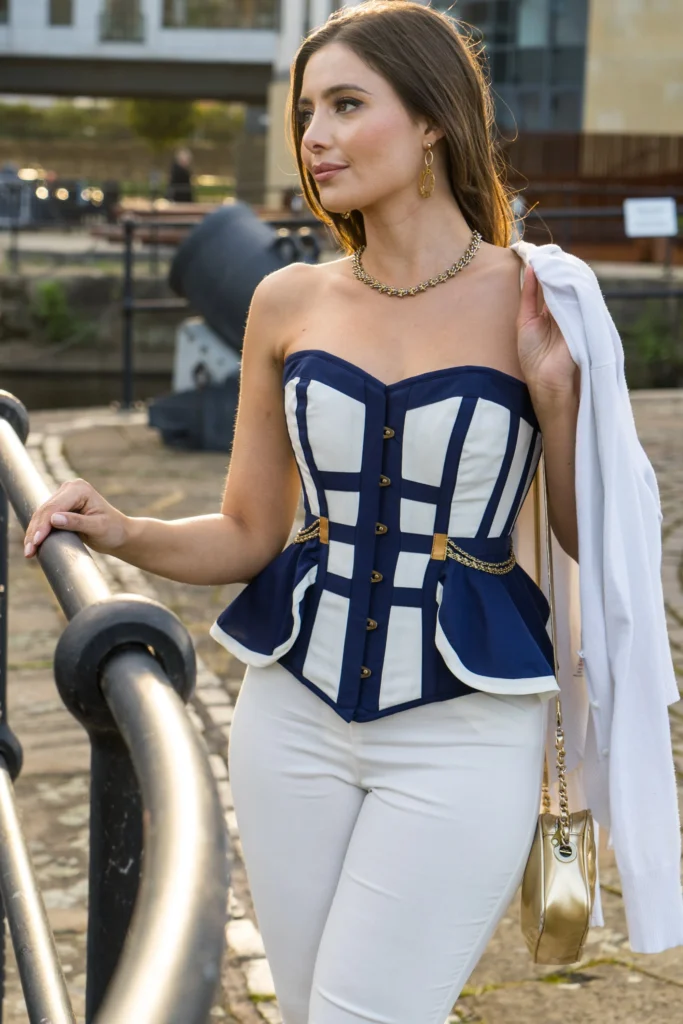
Vintage vs. Modern Corsets – The Evolution of Overbust Corsets – Quick Comparison
| Feature | Vintage Overbust Corsets | Modern Overbust Corsets |
|---|---|---|
| Purpose | Shape waist, restrict bust, enforce ideals | Fashion, comfort, body positivity, style |
| Materials | Whalebone, steel, heavy fabrics | Cotton, mesh, satin, velvet, lightweight steel |
| Fit | Extremely tight, rigid | Adjustable, comfortable, versatile |
| Usage | Everyday necessity | Fashion statement, waist training, occasional wear |
| Symbolism | Social status, femininity, restriction | Confidence, empowerment, individuality |
Why Corsets Still Matter Today
The survival of corsets through centuries is proof of their adaptability. What once symbolized societal control now represents personal empowerment and choice. Wearing an overbust corset today is about confidence, style, and embracing your body — not changing it to meet old ideals.
They’ve gone from symbols of restriction to icons of self-expression. Modern fashion has reclaimed the corset, transforming it into something liberating rather than limiting.
Final Thoughts
The evolution of overbust corsets show us that fashion is never static. What begins as a tool of conformity can evolve into a symbol of strength and individuality. From the rigid bodices of the Renaissance to today’s chic, breathable, and empowering designs, the overbust corset has proven its resilience in both fashion and culture.
So whether you wear one to add vintage romance to your look or to make a modern style statement, remember — every time you lace up, you’re continuing a fashion story that has been told for over 500 years.
